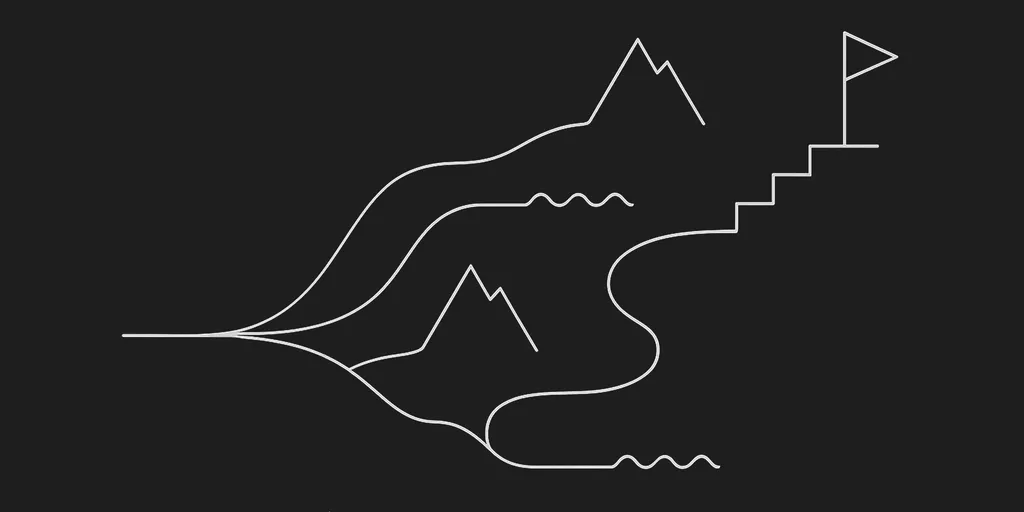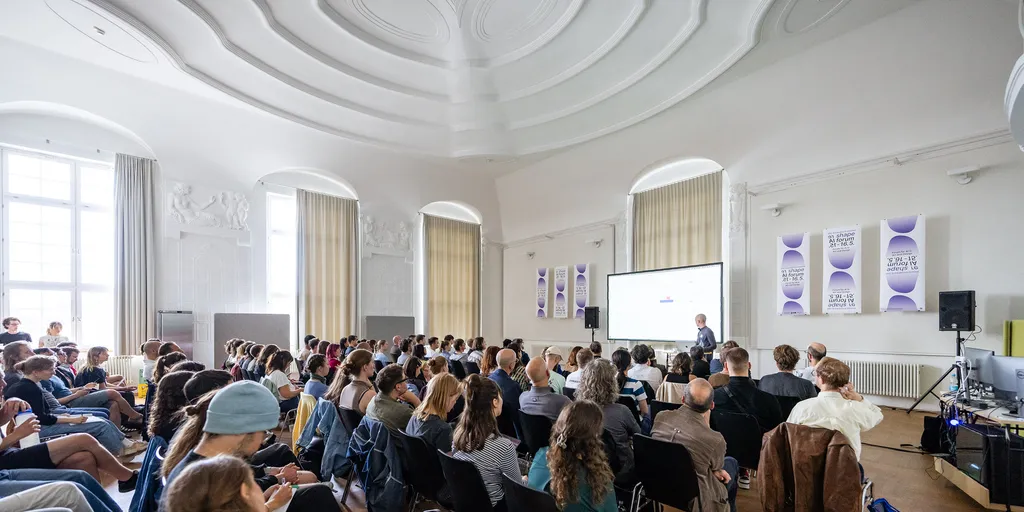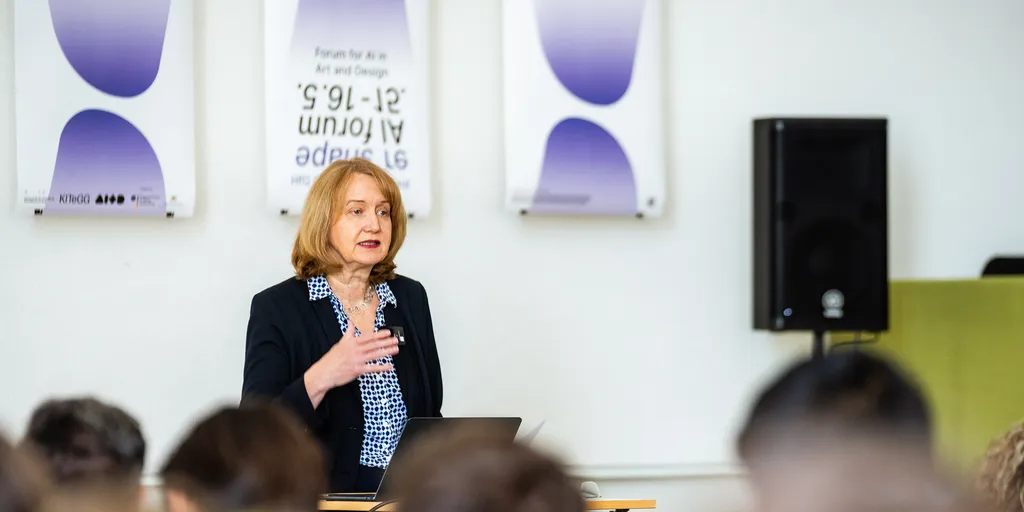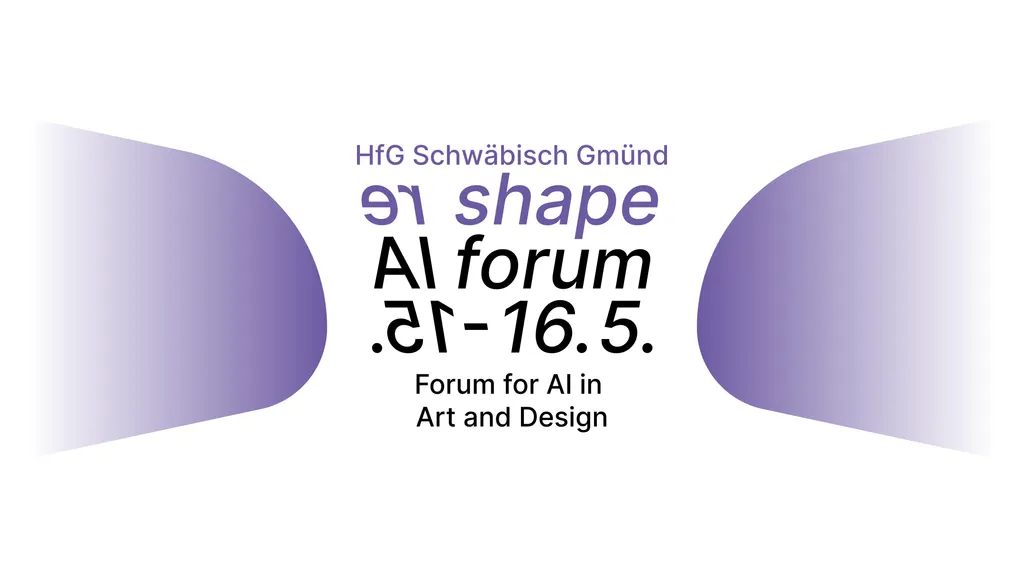Reclaiming the Process – Thoughts on the Role of Designers in the Age of AI

Opinion
Authors
Reclaiming the Process – Thoughts on the Role of Designers in the Age of AI
This article shares some thoughts in preparation for the re shape 2025 conference. Over the past two years, the AI+Design Lab has brought together artists, designers, and researchers through two symposia—re shape 2023 and re shape 2025, exploring the evolving role of AI in creative practice.
At reshape 2023, we discussed how artificial intelligence would expand the practice of art and design, how it would change creativity, and what role designers should play in the development of AI and the responsibilities that come with it.
Since then, the AI landscape has evolved significantly. We are still riding the wave of hype around generative AI, but on another level of quality, speed, and efficiency. AI-based tools are spreading rapidly in areas such as interaction, product, and graphic design, art, literature, coding, and multiple research fields, optimizing processes and promising quick and easy results without requiring prior knowledge or skills.
This brings us back to a question that has haunted us in the last two years now:
What gets lost when design becomes automated?
If we continue certain developments uncritically, we risk losing the core of our competencies. If we delegate design decisions to tools and artificial agents and allow AI to take over our responsibilities as designers, we might forget our design standards — and even unlearn them over time. And what’s more: Automated design decisions will reinforce stereotypes and may reduce design to the same old forms and functions. If we lose sight of our visions, what’s left to do, left to craft, left to imagine for us designers?
We need to rethink our responsibilities as designers in the development of artificial intelligence, including but not limited to power structures, environmental impacts, and the uncritical use of generated outputs. We need to reflect on our relationship with A systems, rethink our position as humans in a world that contains a lot more than humans. We need to rethink our role as designers in shaping a future with AI.
In the end, it is the creative process that defines us as designers. And to this end, we need to shift our focus back to this process:
The process of writing is thinking.
Experimenting, exploring, and playing are thinking.
Making, as a process, is also thinking.
We need this thinking as a mechanism for imagining and designing the new, for opening up alternative, desirable futures. And to think, we need the process. We should be asking how AI can enhance human intuition and creativity rather than constraining and diminishing it. We must research new paradigms for AI: new ways of knowing, of seeing, of thinking. New ways of designing.
What if we use AI not for providing efficiency and making everything smoother, but rather for creating creative friction? How can we use AI to support creative and critical thinking, to provoke, to surprise, to even create nonsense? Which other roles, which other metaphors can we use to open new paradigms for designing through and with AI?
Here is where research as well as education play an important role — to address, understand, develop, and embrace other perspectives towards different futures — not only at the intersection of design and AI — but for design as a discipline in general. We need to reshape design, and we need to reshape our role as designers. This is the challenge that we addressed at the reshape symposium in Schwäbisch Gmünd. A challenge that remains open and that needs further work, further research — and further process in the future.
The AI+Design Lab and the reshape symposia are part of the KITeGG project.




